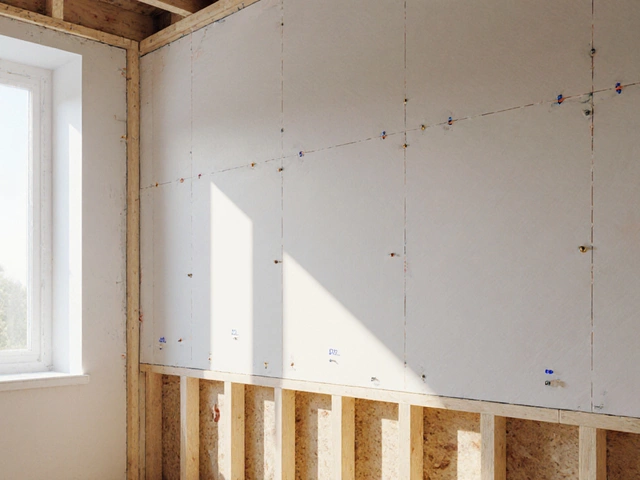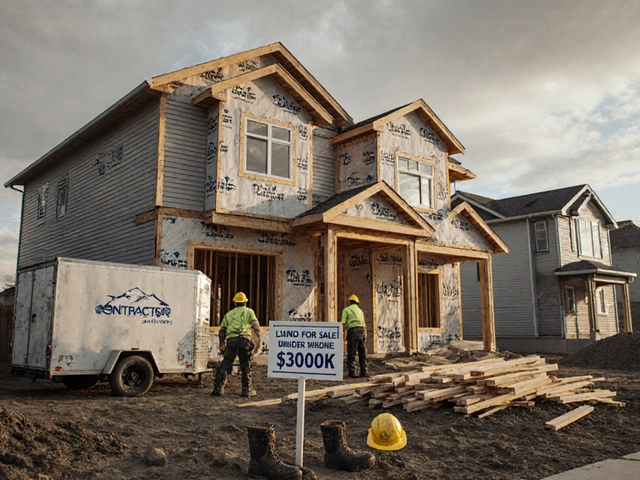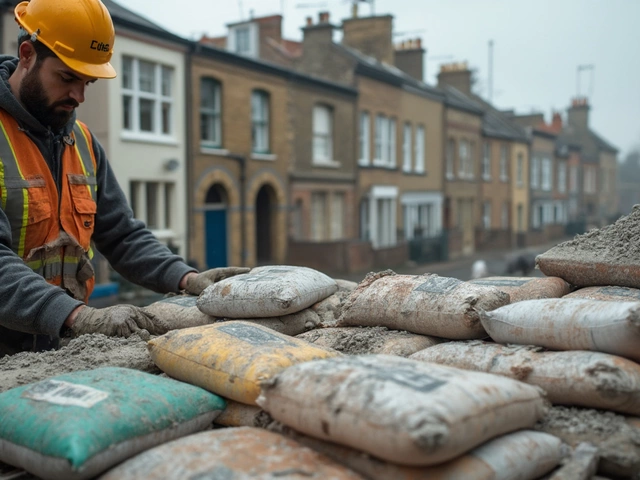Budget Renovation: How to Upgrade Your Home Without Breaking the Bank
Renovating on a tight budget feels like a puzzle, but it’s doable when you know where to cut costs and where to spend wisely. Below are simple, practical steps that anyone can follow, no matter if you’re fixing a kitchen, tackling a damp basement, or giving the roof a quick refresh.
Start With a Clear Budget and Priorities
The first thing you should do is write down how much you can actually spend. Look at your savings, upcoming expenses, and what you’re willing to borrow. Then rank the work you need: structural fixes (like a cracked foundation) go first, cosmetic upgrades (like paint or cabinet hardware) come later. This ranking prevents you from spending money on a fresh coat of paint only to discover a hidden leak later.
When you know the order, break the total amount into chunks for each priority. For example, allocate 40% for essential repairs, 30% for major fixtures (kitchen or bathroom), and the remaining 30% for finishes and décor. Having these slices makes it easier to spot where you can trim costs without hurting the project.
Save Money With Smart Choices
DIY Where You Can – Simple tasks like sealing hairline cracks, cleaning gutters, or applying a fresh coat of paint can be done yourself. The post “Can You Fix Your Own House Foundation?” shows which fixes are safe for DIY and which need a pro.
Buy Local Materials – Choosing limestone or other stone from a nearby quarry cuts transport fees. Lime Hillock Construction Material Resources offers quality local stone at lower prices than generic suppliers.
Reuse and Repurpose – Salvage doors, cabinets, or flooring from demolition sites. A dry‑fit kitchen, as explained in the “Dry Fit Kitchen” guide, lets you test layout with inexpensive mock‑ups before committing to expensive cabinets.
Plan Timing Wisely – Renovating during off‑season months often nets lower labor rates. The “Best Time of Year to Remodel a Bathroom” article points out that winter months can be cheaper for interior work.
Get Multiple Quotes – Never accept the first price. Use the “How to Negotiate the Price of a New Roof” tactics to ask for itemized estimates and look for hidden fees.
These tricks add up quickly, often shaving 10‑20% off the total cost.
Focus On High‑Impact, Low‑Cost Upgrades
Some upgrades give the biggest visual return for the smallest spend. Think fresh paint, new hardware on cabinets, updated lighting fixtures, and a clean, well‑sealed basement. Re‑grading around the house to improve drainage can prevent costly foundation issues later – a tip from the foundation repair posts.
When you need a new roof but can’t afford premium shingles, consider composite or metal options that offer durability at a lower price point. The “Cheapest Ways to Roof a House” guide breaks down the best budget materials.
Finally, always keep a contingency fund – 5‑10% of the budget – for unexpected surprises. That small buffer stops you from scrambling for cash mid‑project.
Renovating on a budget isn’t about cutting corners; it’s about making smarter choices, timing the work right, and focusing on what truly adds value. Follow these steps, stay organized, and watch your dream home take shape without draining your wallet.
Is a $100,000 Budget Sufficient for Home Renovations?

Renovating a house can be an exciting yet daunting task, especially when budgeting is involved. Wondering if $100,000 is enough? It depends on multiple factors including the size of the house, the quality of materials, and the scope of the project. Understanding these components can help you make more informed decisions about which areas to prioritize and where to potentially save costs.
read more



